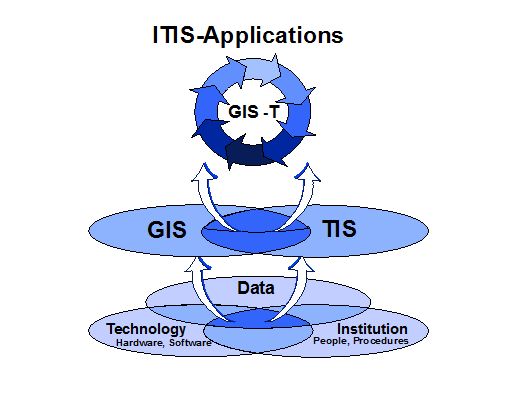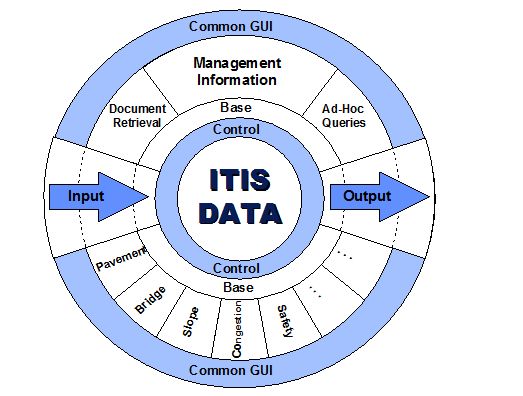WELCOME TO ITIS
Integrated Transportation Information System
ITIS Concept
To support the management tasks of the Agency and to allow the personnel to make technical decisions more quickly and efficiently, the South African National Roads Agency Limited (SANRAL) developed a comprehensive information management tool called ITIS (Integrated Transportation Information System) to address all facets of strategic and tactical planning, design, construction and maintenance of the entire road network.
To meet the specified objectives, conditions and requirements an integrated concept for the information systems is required. The integration of the information systems structure and associated organisational procedures allow the Agency to share, interrelate and commonly use information among different users.
Since almost every decision a user makes is constrained, influenced, or dictated by some fact of geography (information about location), the use of a Geographic Information System (GIS) to integrate the information is obvious. The GIS forms an important component in the ITIS concept together with the alphanumeric Transport Information Systems (TIS) the GIS forms the kernel of ITIS.
FIGURE 1: GLOBAL ITIS CONCEPT

The figure illustrates the global ITIS concept showing the ITIS-applications based on the kernel systems GIS and TIS that have a significant overlap where objects contain both graphical and alphanumeric attributes. As the figure indicates the kernel again, it is relying on the data to populate them, the technology to make this happen and last but not least, the people and procedures.
Figure 2: ITIS CONCEPT

The figure presents the total ITIS concept. It summarises the components described so far and shows the relations. The applications are split in a group “discipline-specific” application (bottom half) and more “generic” application more or less independent of the disciplines requiring information from a number of applications (top half).
Figure 3: INFRASTRUCTURE LIFECYCLE

As SANRAL is managing the continuous lifecycle of the South-African National Road Network, it is important to look at the way this Infrastructure Lifecycle needs to be supported by ITIS. Figure 3 illustrates how the Infrastructure Lifecycle fits into the ITIS concept. Although the major emphasis is on the Operate & Maintain phase, the other phases are also served with ITIS functionality.
